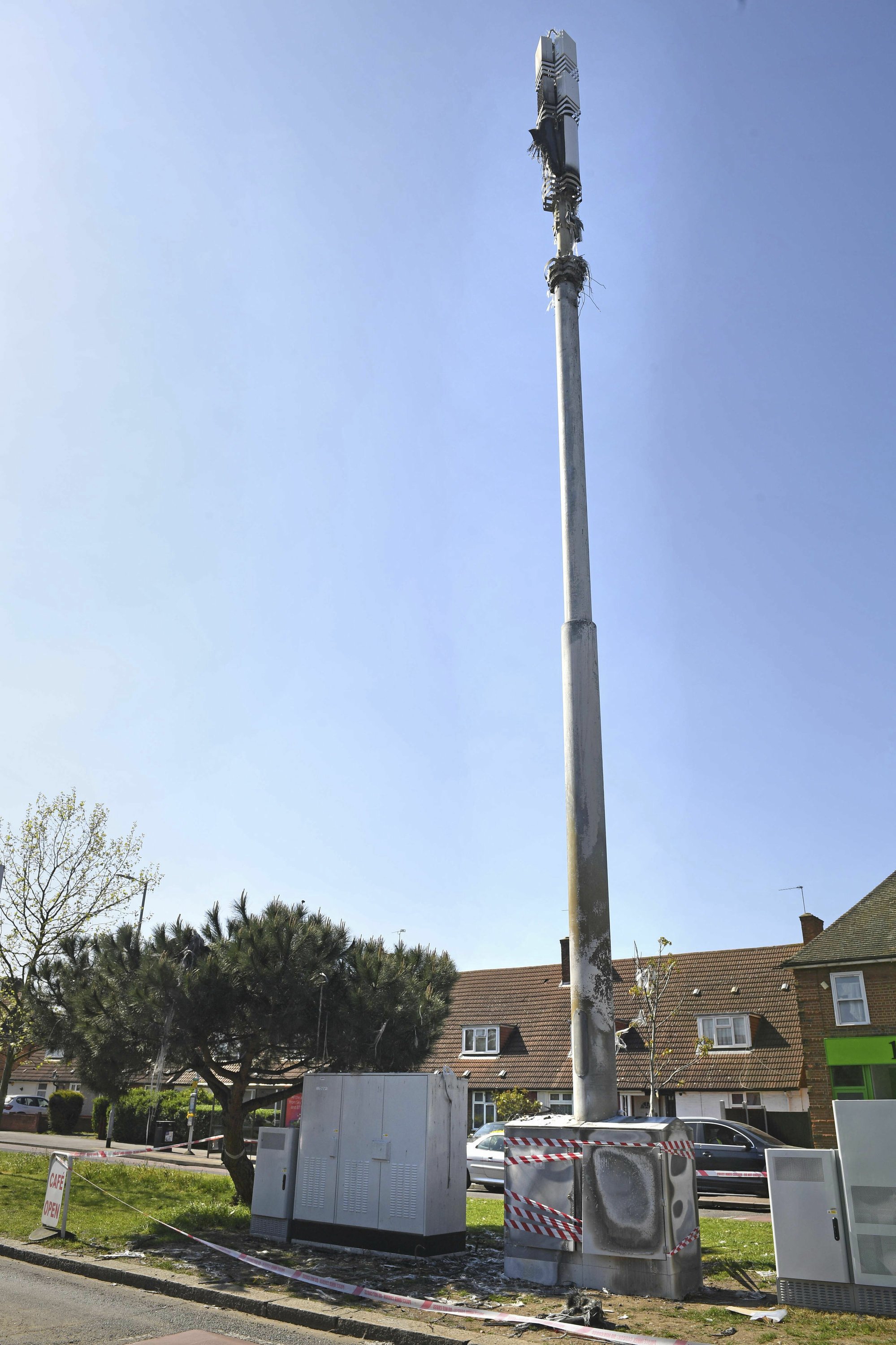If you've ever wandered through a town and spotted tiny mini 5G cell towers on street light poles. what is a safe distance from a cell tower look like small boxes, but they're actually broadcasting wireless signals from cellular providers to your mobile.

They are replacing larger built cell towers. Although they're not as visible however, they could cause problems for people.
A of the FCC's Radiation Exposure Thresholds
The FCC's Radiation Exposure Thresholds establish the maximum amount of time a person can be exposed to electromagnetic energy generated by wireless devices. The exposure limits are based upon scientific research that show that RF energy can be harmful to health.
The specific absorption rate (SAR) is an indicator of the amount of radiofrequency energy absorption by tissues. It's usually 1.6 milliwatts per kilogram averaged over one Gram of tissue.
However, because 5g transmits at higher frequencies and has the potential to create more energy on the skin and other exposed body areas. This can lead to various possible harms, like the development of skin diseases like dermatitis, cataracts, and skin cancer.
Due to the possible harmful effects of radiation from 5G, PSU has chosen to create a general limits on power density, which is 4mW/cm2 measured on 1cm2, but not to exceed 30 minutes for all 5G services at 3000 GHz. This localized limit is in accordance with the maximum SAR that is spatially averaged at 1.6 W/kg, which is averaged over 1 grams of tissues at six GHz.
The FCC's Maximum Exposure Thresholds for Maximum Exposure
If you've ever used a mobile phone, you probably know that the safest range from the tower is around 400 meters away. This is because the power of transmission from the cell tower is significantly increased the further away you are from it.
While it sounds like something that's good, the reality is that those living close to towers could be more vulnerable to health problems. For instance, a 2014 study in India found that residents who lived within 50m of cell towers experienced much more health problems than those who lived farther distance from them.
However, this study also found that people who moved to areas further away from cell towers noticed their symptoms improve within a few days. Other studies have shown that exposure to high levels of radiofrequency electromagnetic fields (EMFs) can cause brain tumors, cancer and other health issues.
This is due to the fact that RF radiation, used in wireless communications, may penetrate the human body's outer layer, the skin. It is vital to be aware of this since the skin serves as a barrier to protect against injuries caused by mechanical forces, infections from pathogenic microorganisms, as well as infiltration of toxic substances. It is also the biggest organ of the human body, and is accountable for protecting other organs.
The FCC's Minimum Exposure Thresholds
The FCC's Minimum Exposition Thresholds depend on several assumptions that aren't supported by scientific evidence. This includes the false assumption that exposures of a short duration to RF radiation are safe due to the limited penetration into the body (i.e., tissue heating).
what is a safe distance from a cell tower does not take into account the greater penetration of ELF components of modulated RF signals, as well as the consequences of brief bursts of heat generated by RF waves that are pulsed. These theories are not compatible with current understanding of the biological consequences of RF radiation. As such they shouldn't be considered for health protection exposure standards.
Furthermore there is the fact that both ICNIRP and FCC limit their maximum exposure limits to local peak SARs based on the peak spatial specific absorption rate (psSAR) that is not a reliable dosimetric instrument to determine the degree of exposure to RF radiation. Particularly, psSAR is inaccurate for frequencies above 6 GHz. In what is safe distance from 5g tower , psSAR is not been tested for RF radiation that is exposed to other agents of the environment such like sunlight. In the event of interactions, RF radiation with other environmental agents could produce synergistic or antagonistic effects. This can lead to the risk of having adverse health adverse effects. For instance, exposure to RF radiation and sunlight could increase the risk of developing skin cancer, as well as aggravate other skin conditions like acne.
